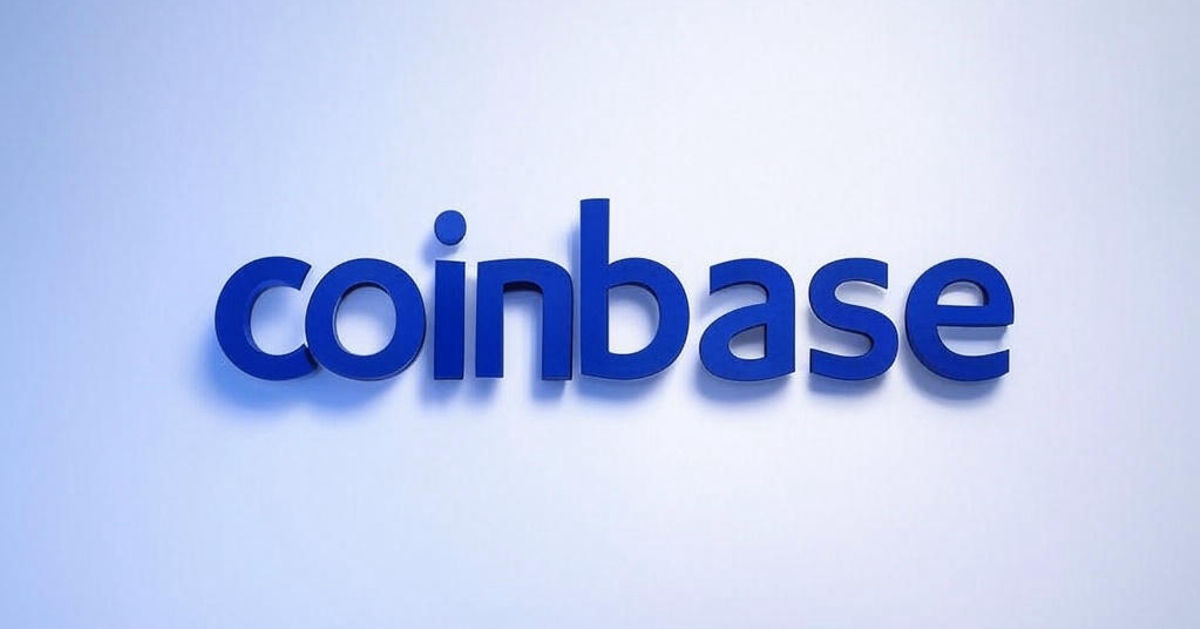How to Talk to Your Kids About Money (Without Putting Them to Sleep)
It’s never too early to start teaching kids about money. And while budgeting, savings, finances, math-related topics, and all the sort may seem incredibly dry, there are intriguing ways of making such topics more fun for kids. Indeed, even a seemingly boring subject can be made exciting if the right approach and practical applications are […] The post How to Talk to Your Kids About Money (Without Putting Them to Sleep) appeared first on 24/7 Wall St..

Key Points
-
Teaching kids about money doesn’t have to be difficult. In fact, it can be a lot of fun as games and toys are incorporated.
-
Earn up to 3.8% on your money today (and get a cash bonus); click here to see how. (Sponsored)
It’s never too early to start teaching kids about money. And while budgeting, savings, finances, math-related topics, and all the sort may seem incredibly dry, there are intriguing ways of making such topics more fun for kids. Indeed, even a seemingly boring subject can be made exciting if the right approach and practical applications are introduced. So, whether you’ve got a young child, a teen, or an adult child who never really learned the true value of the dollar, this piece will look into a handful of ways that parents can go about teaching their kids about money, financial independence, investing, and everything in between.
Teach them the value of the dollar
The first step seems so obvious, but it’s a lesson that was never learned for many, especially those young people who spend far beyond their means. Perhaps the best way to get started with teaching kids about money is to use coins, piggy banks, and a toy cashier for young children. Whether they play the role of customer or merchant, they’ll learn about the power of the dollar and the numerous potential purchases it can make.
For parents of older kids, gifted cash and a few games of Monopoly stand out as a fantastic and entertaining way to build healthy financial habits. Indeed, Hasbro’s legendary game of Monopoly actually can teach young people a great deal about how to manage money, buy assets, and deal with liabilities.
It’s a competitive game that instills essential financial habits at a young age. However, it’s best that older children gain experience with the trade-offs of buying items in the real world. Instead of buying a child a toy, perhaps giving them a sum of cash to pick and choose which toy they’d like would be a smart way to gain real-world experience on the trade-offs we must all make every day.
Finally, allowance could make sense for some. However, I think there’s no better lesson to learn the dollar’s value than experiencing its scarcity firsthand. Now, that doesn’t mean skimping on the lunch money. But it does entail not spoiling a child whenever they ask for money for pricey discretionary goods or experiences. That feeling of not having enough to have everything we want really drives home the point that money is scarce, and it’s an asset to be spent deliberately.
Interest rates and debt
Just because you can max out a credit card at the age of 18 doesn’t mean one should, especially if one understands the insidious effects of incredibly high interest rates. Indeed, credit card interest may not seem like all too big of a deal right off the bat. After all, just about everyone swipes their card on discretionary purchases while worrying about paying it off later, right? Though the monthly interest on smaller outstanding balances may not seem like much, things get nastier the more debt accumulates.
And if one has a really large credit limit, the large sum of consumer debt could begin to snowball. Indeed, it can get hard to keep one’s head above water if 20% or more in annual interest is added on top of credit card debts. Of course, there are interest-free promotional periods on some cards. But once that promo “teaser” window closes, you’d better have a plan to pay down the amount, or the snowballing effect could really sink one’s financial situation once interest rates kick in.
Though interest rates and debt can be a tricky, math-heavy topic to introduce to one’s children, I do think that going down the route of games is the best way to go. Whether we’re talking about loans in Monopoly or some other board game that focuses on cash flows and money management, gamification can make a boring topic fun, memorable, and educational.
The post How to Talk to Your Kids About Money (Without Putting Them to Sleep) appeared first on 24/7 Wall St..

































































































































































